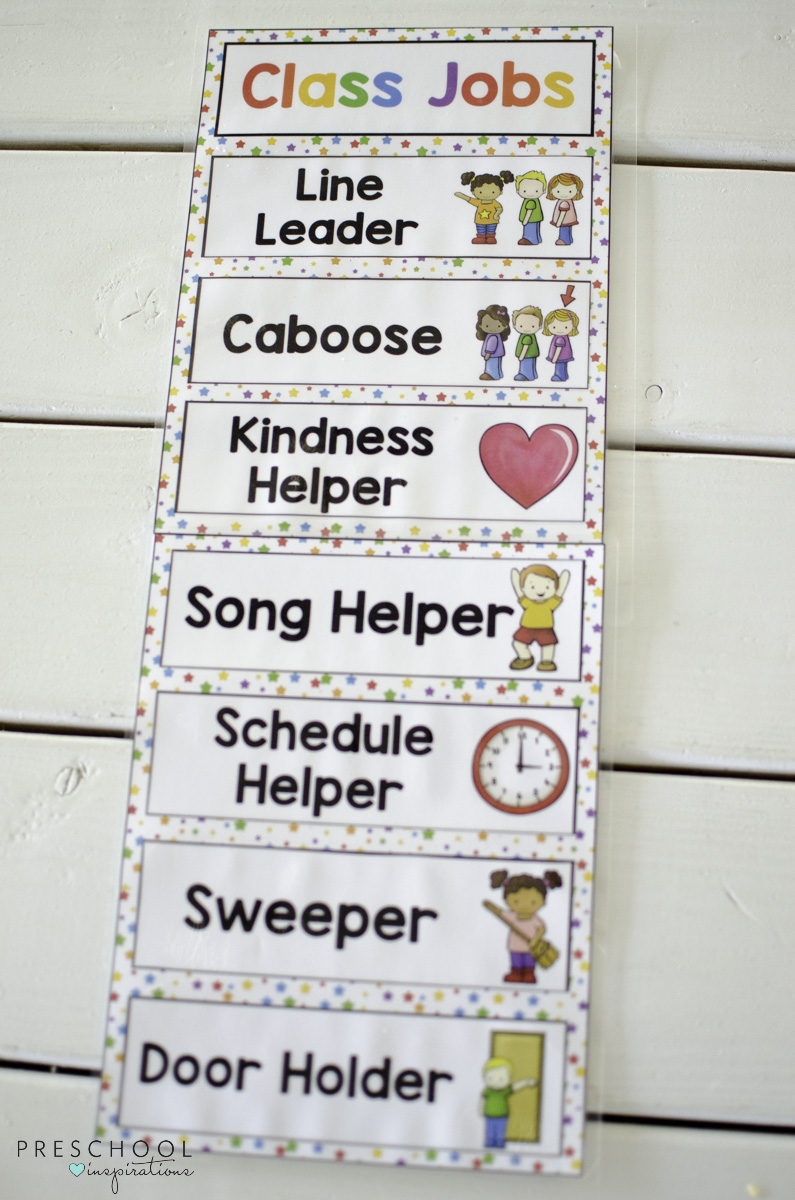
Introduction
Preschool classrooms are filled with energetic and curious young minds. To foster a sense of responsibility and independence, it is important to assign classroom jobs to the little ones. A preschool helper chart is a great tool that not only teaches children about responsibility but also helps in maintaining an organized classroom environment.

Benefits of a Preschool Helper Chart
A preschool helper chart serves multiple purposes. Firstly, it encourages teamwork and cooperation among the children as they work together to complete their assigned tasks. It also instills a sense of pride and accomplishment in the young learners, boosting their self-esteem. Moreover, it helps in developing organizational skills and time management abilities from an early age.

Examples of Classroom Jobs
There are various classroom jobs that can be assigned to preschoolers. Some common examples include:
- Line Leader: The line leader leads the class during transitions.
- Door Holder: Responsible for holding the door open for classmates.
- Calendar Helper: Updates and manages the classroom calendar.
- Librarian: In charge of organizing and tidying up the classroom library.
- Table Setter: Sets the table for snack or lunchtime.
- Weather Reporter: Observes and reports on the daily weather.
- Plant Waterer: Takes care of watering classroom plants.
- Class Photographer: Captures special moments in the classroom.

Implementing a Preschool Helper Chart
Creating a preschool helper chart is a simple process. Start by designing a visually appealing chart using colorful posters or a whiteboard. Write down the various classroom jobs and assign them to different children, ensuring that everyone gets a chance to participate. Rotate the jobs periodically to give each child the opportunity to experience different responsibilities.

Teaching Responsibility Through Classroom Jobs
Classroom jobs offer a practical way to teach preschoolers about responsibility. By assigning specific tasks, children learn about accountability and the importance of completing their duties. Encourage them to take ownership of their jobs, praising their efforts and providing gentle reminders when needed. This helps in building a sense of responsibility that will benefit them in their future endeavors.

Creating a Sense of Belonging
A preschool helper chart fosters a sense of belonging and inclusion within the classroom. When each child has a role to play, they feel valued and an integral part of the class community. This promotes positive relationships among the children and helps in creating a supportive and inclusive learning environment.

Encouraging Independence
Assigning classroom jobs encourages independence in preschoolers. As they take on responsibilities, they learn to complete tasks on their own and develop a sense of confidence in their abilities. This newfound independence extends beyond the classroom and prepares them for future academic and personal challenges.

Developing Life Skills
Classroom jobs provide an opportunity for preschoolers to develop essential life skills. They learn about time management, organization, and teamwork, which are crucial skills for success in their academic journey and later in life. These skills lay a strong foundation for their future development and accomplishments.

Conclusion
A preschool helper chart with assigned classroom jobs is a valuable tool for both teachers and students. It promotes responsibility, independence, and a sense of belonging among preschoolers. By actively participating in classroom tasks, children develop important life skills that will benefit them throughout their educational journey and beyond.